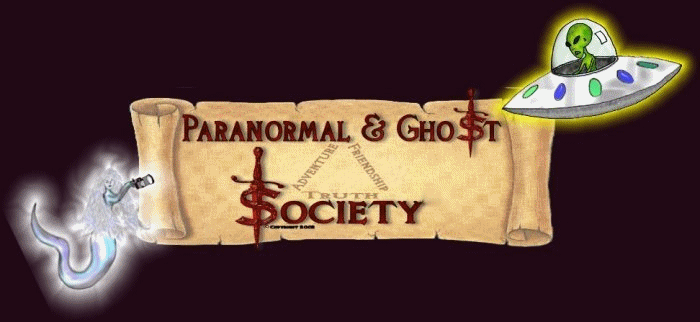| |
The George Eastman Dental
Clinic shaped dentistry in many countries as students would train here.
The clinic today is abandoned however sits next to the police department
so unfortunately we were not able to an internal visit. The reason I chose
this is because was a place with alot of history. Although Eastman died
over 60 years ago his essence carried on threw the years as many directors
ran the clinic eventually opening up a larger and even greater one while
this building sits like a ghost in the darkness. The building is very
amazing it may even be one of the largest dental buildings in the country.
But what better then to visit a Renaissance type of structure and have the
ghost come with it. Below you will find more history on the beginning
years of the building. I
would say this is a very haunted place feelings of being watched from the
balconies and windows really make your mind wander as to what roams the halls. Perhaps
because George Eastman was a prominent man which he is known for being the
founder of Kodak perhaps this is another reason why I wanted to
investigate to actually see if I could capture him on film with a Kodak
camera which in turn would be pretty ironic. So please study some of the
photos and perhaps you will understand how active this place is. There is
many entities perhaps because this was a hospital therefore most hospitals
tend to have alot of energy or perhaps they are upset that the building
has been let go and run down. But no matter what the history of this
places still remains in tact. ©
By Rick-AngelOfThyNight 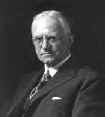





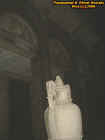
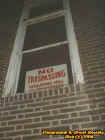
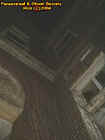
In 1917, a unique institution opened its doors in upstate New York to provide dental care for the community's children. The Rochester Dental Dispensary was George Eastman's gift to the children. But more than one man's vision has shaped the institution. The concept has been nurtured and expanded by some extraordinary individuals in the 80 years of its existence.
Rochester had enlightened leadership in the early part of the nineteen hundreds in the form of Captain Henry Lomb, William Bausch, and George Eastman. These men persuaded Eastman to donate funds to build and equip the dispensary and added their own donations to the funds. They convinced the City of Rochester to donate $25,000 a year to help cover the costs of caring for children who had no resources for dental care. This combination of private philanthropy and government support has endured.
George Eastman understood the wisdom of preventive oral health care. He made the charter of the Rochester Dental Dispensary broad enough to ensure that the original intention of caring for Rochester's citizens would be preserved. He also gave those who came after him the ability to develop the Dispensary in ways that would be responsive to the times.
The dental dispensary became a favorite interest of George Eastman's during the first two decades of its existence. He played a major role in developing and demonstrating a new concept that had national and international application. Eastman became interested in extending the example to other lands. He offered to build and equip similar dispensaries in some of the capital cities of Europe if local boards of directors could be found to provide operating funds. His generous offer was accepted.
In the 1930's "Eastman Dental Institutes" were built in Stockholm, Brussels, Paris, London, and Rome. The institutes followed different evolutionary patterns in their development. The centers, with the exception of the one in Brussels, are still active and continue to serve the needs of their respective countries.
Dr. Harvey J. Burkhart, the Dispensary's first director, gathered an impressive staff and the institution became a model for patient care. Dr. Burkhart presided over the opening of the first dental dispensary on East Main Street. He was director when the first licensed school for dental hygienists in New York State began at the Dispensary in 1916. He began the research tradition by studying the advantages of preventive dental care on a large number of children aged 3 through 16.
There are several concepts that began at the Dispensary and are still flourishing today. Those concepts include the following: the education of the child and family regarding the importance of dental care; the education of care providers; the realization that research should verify treatment effectiveness; and the application of results to the clinical care of patients. Only children were treated during Dr. Burkhart's tenure, but as early as 1921, he advocated caring for adults. Dr. Burkhart remained director until his death in 1946.
Following Eastman's death in 1935, the Rochester Dental Dispensary became the Eastman Dental Dispensary in honor of the man whose philanthropy made the institution possible. His generous bequest of one million dollars has been carefully managed and today the nearly $41 million endowment protects the institution from the effects of changing economic climates.
|
|
